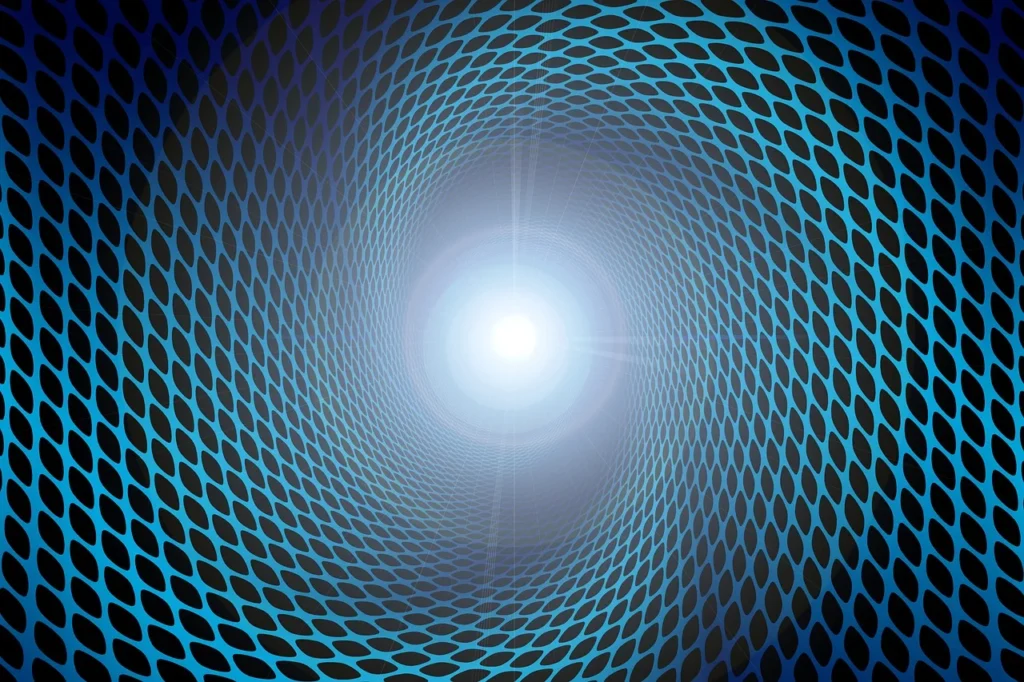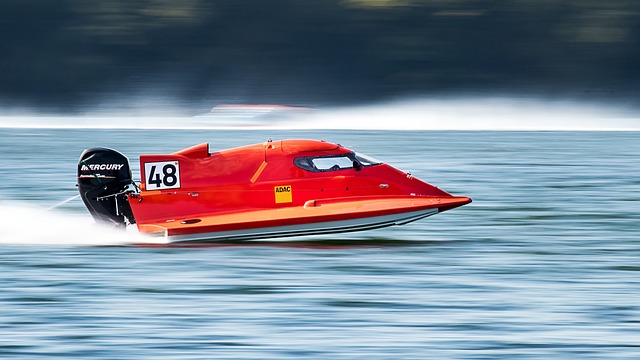The center of mass is behaviour of rigid bodies and particle systems. The center of mass is a precise location where it is reasonable to that all of a system’s mass is concentrated. Complex systems can be reduced to simple computations by the motion of the center of mass.

What is the Motion of Centre of Mass?
The weighted average position of all the mass in a system is its center of mass (COM). The COM and the particle itself coincide for a single particle. It is dependent on the relative locations of the particles and the distribution of mass in a rigid body or system of particles.
The COM, to put it simply, is the “balance point” of a system, where, with support, it would remain in equilibrium. The COM is located at the geometric center of symmetrical objects with uniform density. It may be outside the object in the case of irregular objects.
Mathematical Representation of COM
For a system of particles, the position of the centre of mass is given by:
For Discrete Particles:
If a system consists of n particles of masses m1,m2,…,mn located at positions r1,r2,…,rn, the position of the COM is:
R = i = 1 n miri / I = 1n mi
Where:
R: Position vector of the centre of mass
mi: Mass of the i-th particle
r: Position vector of the i-th particle

For Continuous Mass Distribution:
If the mass distribution is continuous, the formula becomes:
R = r dm / dm
Motion of the Centre of Mass
The center of mass of a system of particles moves together with it. External forces operating on the system determine how the COM moves
Newton’s Second Law for COM:
The same laws of motion that apply to a single particle and also apply to the center of mass. The net external force (Fext) operating on the system determines the COM’s acceleration (aCOM):
Fext = Ma COM
Where M is the total mass of the system.
Internal Forces Do Not Affect COM:
Newton’s Third Law states that internal forces, or forces between particles within the system, cancel each other out. Therefore, the center of mass’s motion is only influenced by outside forces.
Properties of the COM Motion
Uniform Motion: Newton’s First Law states that the center of mass moves in a straight line at a constant speed when no external force acts on the system.
Accelerated Motion: The COM’s motion reflects the overall impact of any external forces that may be at play.
For example:
• When fuel is released from a rocket, the COM moves; in a system of two bodies joined by a spring, the COM stays still in the absence of an outside force, despite particle oscillation.

Practical Examples
1.Rigid Body Projectile Motion: Regardless of the body’s rotation or deformation, the COM for a rigid body (such as a spinning ball) follows a parabolic trajectory.
2. Human Motion: When someone jumps, their body adapts to provide a smooth trajectory for their COM.
3. Two-Body Systems: The COM is located nearer the more huge object, but not always inside it, in two-body systems (such as the Earth and Moon).
Applications
4• Engineering and Physics: Designing stable robots, vehicles, and structures is made easier with an idea of the COM.
• Sports: To attain balance and enhance performance, athletes take advantage of COM.
• Astronomy: The COM of planets and stars is used to study their velocity.
Key Points to Remember
The COM’s mobility makes studying complex systems easier.
The COM’s trajectory is determined by external factors.
The motion of the centre of mass is unaffected by internal forces.
Note :-
The centre of mass of a system of particles moves as if all the mass of the system was concentrated at centre of mass and all the external forces were applied at that point.
The centre of mass of the fragments of the projectile continues along the same parabolic path which it would have followed if there were no explosion.
The place in a system or body where all of the mass can be thought of as concentrated for the purposes of motion analysis is called the center of mass (COM). Weighted by their individual masses, it is the average location of all the masses in the system.
For a system of n particles with masses m1,m2,…,mn and position vectors r1,r2,…,rn, the position of the centre of mass is:
R = i = 1nmiri / I =1nmi Where:
R: Position vector of the centre of mass
mi: Mass of the i-th particle
ri: Position vector of the i-th particle
The motion of the centre of mass is governed by the net external force acting on the system. According to Newton’s Second Law: Fext = MaCOM
Where:
Fext: Net external force
M: Total mass of the system
aCOM: Acceleration of the centre of mass
No, Newton’s Third Law states that action and reaction forces are equal and opposite, internal forces cannot influence the motion of the center of mass. The center of mass can only be influenced by outside factors.
For symmetrical objects with uniform density (like a sphere, cylinder, or cube), the centre of mass lies at the geometric centre of the object.
Regardless of whatever rotations or deformations the body may experience during projectile motion, the center of mass of a rigid body moves in a parabolic trajectory.
The concept of the centre of mass has applications in various fields:
Engineering: Stability of structures and vehicles.
Sports: Techniques for balance and movement.
Astronomy: Understanding the motion of celestial bodies.
Robotics: Designing robots with optimal balance and motion.